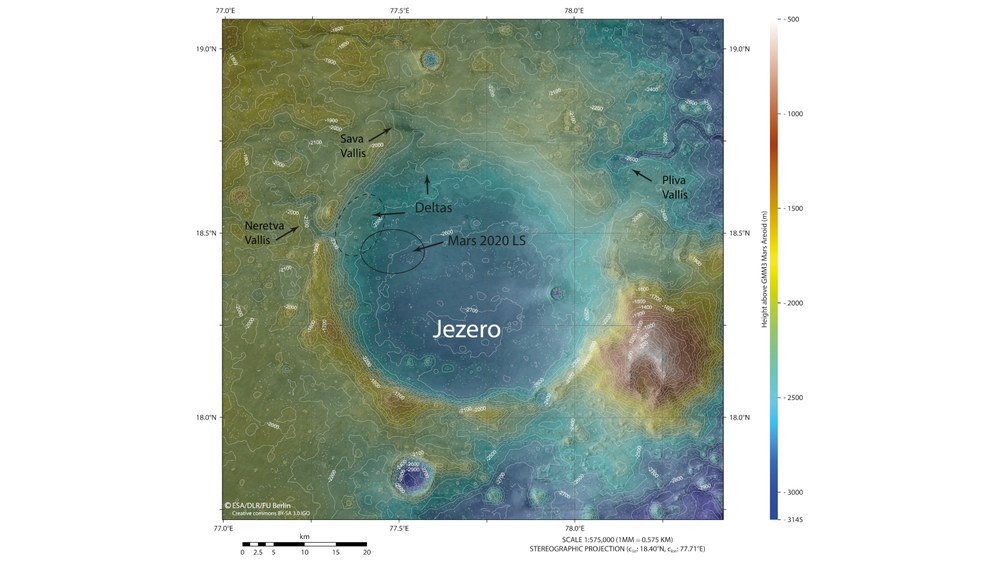Habitability and Biosignatures

Earth is currently the only planetary body we know that developed life. Whether life has developed elsewhere, in the Solar System or beyond, is one of the driving science questions of the space organisations and at the same time of large interest to the general public. Research at DLR's Institute of Planetary Research addresses our understanding of the geophysical processes that lead to the development of habitable conditions on planetary surfaces, hence the potential of a planet to develop life. In addition, the detection of biosignatures and their significance as indicators for past or present life form a key element of this research theme.
The search for habitable conditions and indicators of life is applied both to the Solar System as well as to exoplanets. Potential habitats in the Solar System are (past and present) Mars and the sub-surface oceans on the icy moons. Geological work identifies e.g., indicators for early climatic conditions on Mars. Astrobiological work includes participations in experiments such as BIOMEX and BioSigN on the International Space Station (ISS), applying laboratory chambers simulating e.g., Martian and exoplanetary conditions, and spectroscopy of potential biosignatures in analogue biogenic samples. Numerical simulation models of terrestrial planets under a wide range of environmental conditions and different stages of evolution complement the investigation of processes leading to habitable conditions. Simulations also help us to predict atmospheric biosignatures on extrasolar planets as they become observable with future space missions (JWST, HWO, LIFE).
